New league = new challenges, new opportunities
Jesus Delgadillo attacking a hill in order to pass a north county runner at the Chieftain-Spirit Classic Invitational, summing up the race with running an 18:39.
They say change is never easy. Changing leagues is no exception, especially when the league doubles in size.
This year the athletic teams are moving from a two-tiered league, the Monterey Bay League, to the Pacific Coast Athletic League, or PCAL, a four-tiered league. For the new set up, the divisions consist of Gabilan, Mission, Cypress, and Santa Lucia, from top to bottom. The first test subjects will be the fall sports – football, cross country, tennis, and volleyball. .
Athletic Director, Jose Gil, believes that these changes will help the teams, “There might be some bumps in the road that we may encounter of not being able to accurately categorize the teams, and we’ll learn from our mistakes, but it’s on a year to year basis in which, let’s say, a team in a certain sport dominates the rest. Then we know we misplaced them so the following year they’re gonna be bumped up and another team bumped down, so that once again everyone has a fair chance to compete to possibly win a championship.”
The difference is most pronounced in football, where the three previous leagues – MTAL, MBL, and SCCAL – are being combined into one big league. This meaning that there will be teams from Mission Trail and some teams from Santa Cruz competing against our teams and overall making a 33 team league. According to Coach Chaidez, the teams they play against have no effect on them as they are focused on their self improvement. The intention of this new set up was to make games more competitive and equitable for every sport. This is working out for football in the Mission Division where they are currently in second place.
Cross Country is currently in the highest division, the Gabilan division. The way Coach Steven Munoz sees it, when it comes to performance he believes that it will not have an effect on his cross country team. Munoz states, “I think it will just continue to reinforce the competitive nature of the top division and our kids have gotten used to this high level of competition and so it’s kind of in our nature now that, we just have to perform at a higher level every race.”
Besides nothing changing with the cross country team, Munoz is in disagreement with how the teams were chosen for each division. He said, “There’s some teams that were forced into higher divisions than they should be, while other teams that should be in a higher division are in a lower division because they wanted to win a league title.”
Volleyball coach, Jose Ramos, agrees with this set up. “Well, compared to being in Gabilan last year, which is the highest league in CCS, now going down into Mission it’s going to definitely increase our performance.” He believes it is more equitable compared to last year’s and likes where his team is going with this new alignment. Last year in the Gabilan division, they went winless; but this year, in the Mission division, they have won all their games except for one.
Along with changes in the set up, there have been concerns about how athletes will qualify. In the past, the top two teams would be automatic qualifiers, but this was questioned in the new set up. Gil said, “It depends. It varies in every division. In most parts it’s going to remain the same as far as qualifying for CCS. The lower level sports, depending on how they finish, might have more trouble with qualifying for CCS, but they’ll have a great experience throughout the year competing in a league where the talent level is more in line with what they have or the success they’ve had in the past.”
With pros comes cons. When combining leagues from all over the county one major con can be the cost of transportation. This can be different for each sport due to where and who they are competing against. Some teams might be on the road for hours, but according to Gil it’s worth the ride. “That issue was brought up, but taking into consideration our goal of it being an equity league overruled the financial part,” said Gil.
The most expensive sport this year, as far as transportation, will be cross country. “We’ve never really had an issue with transportation for Center Meets. The biggest issue is, for our sport, all of our meets are off campus, so we always need transportation wherever we go and we have to mix up the different courses and not be running the same courses over and over again because it just wears on our runners. So the next closest place, besides Toro Park, would be usually in the Bay Area or even into the central valley, like in Fresno, so it doesn’t make it easy for transportation for our invitationals,” said Munoz.
Your donation will support the student journalists of Alisal High School. Your contribution will allow us to purchase equipment and cover our annual website hosting costs.
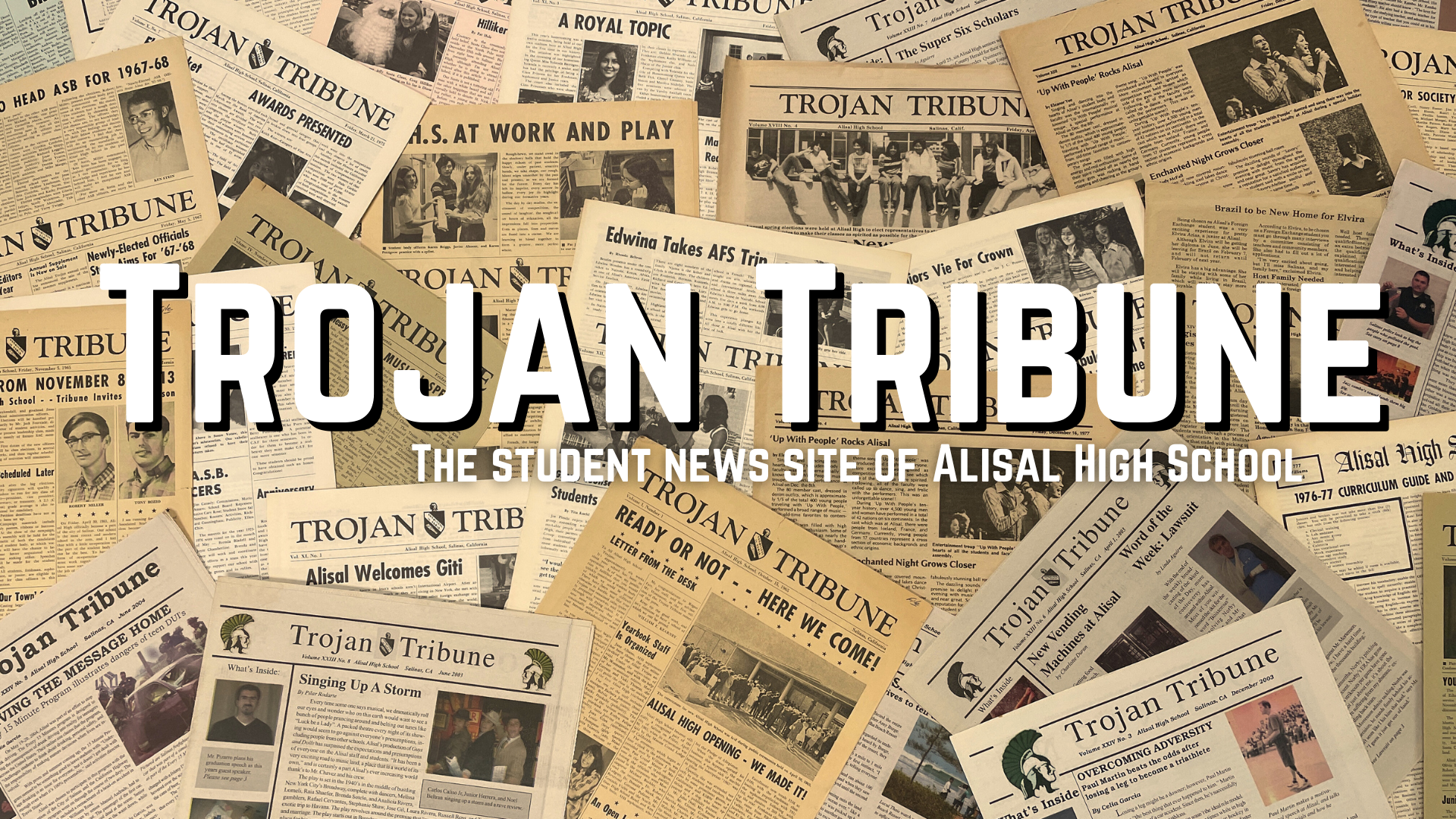



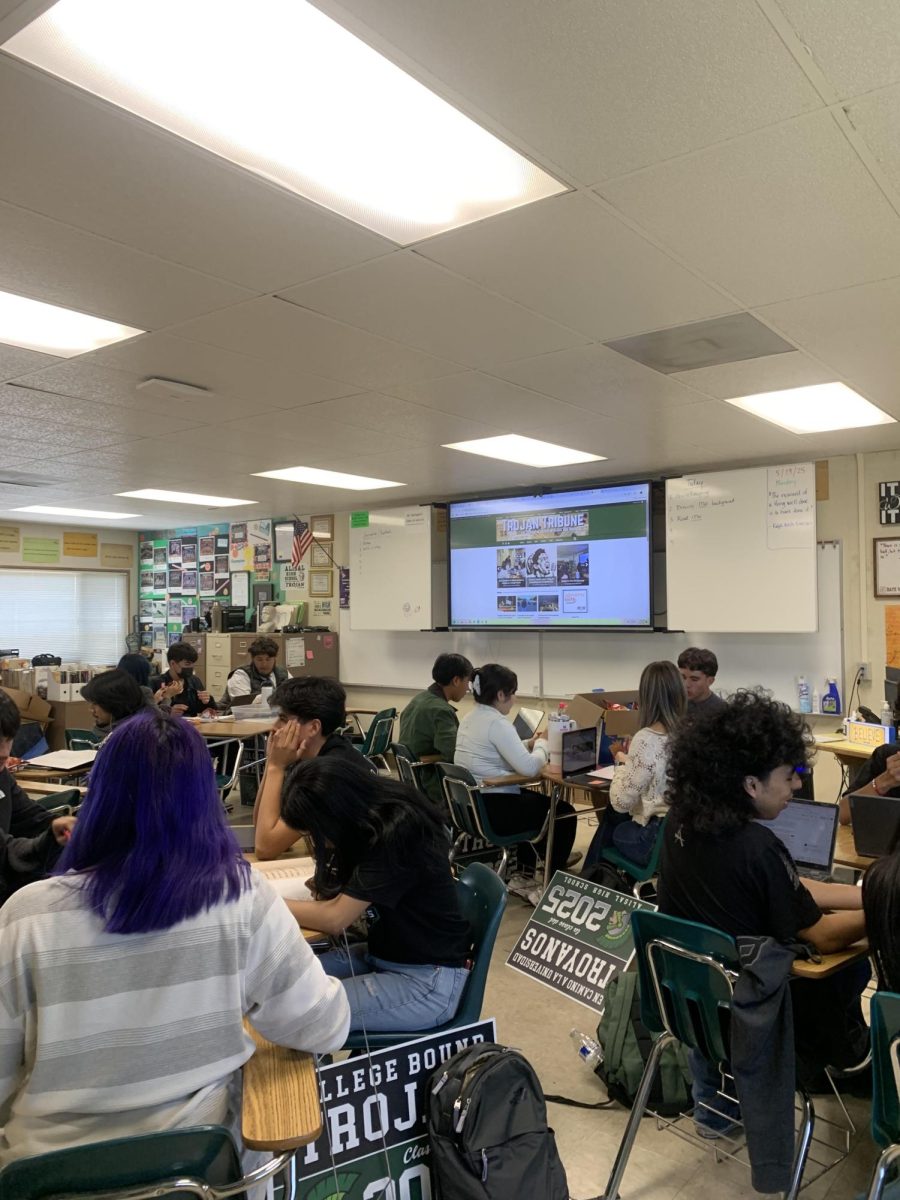

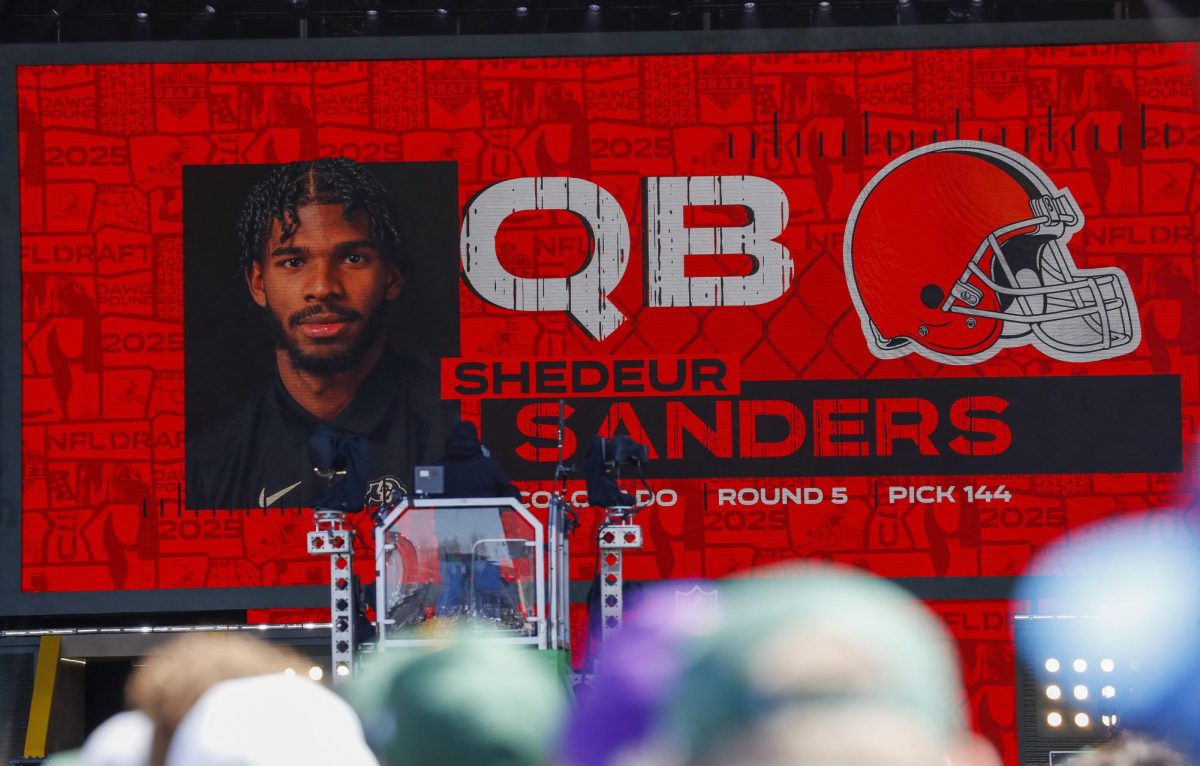

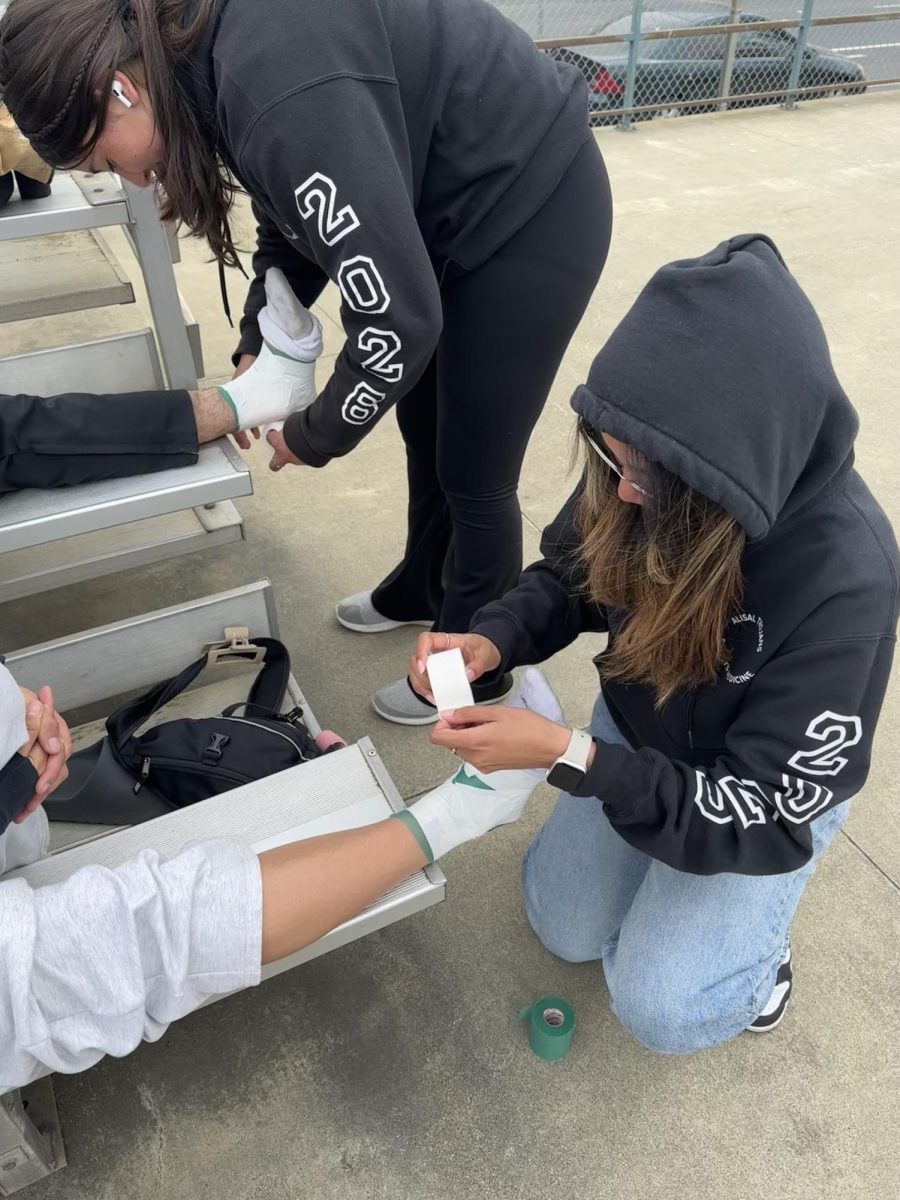















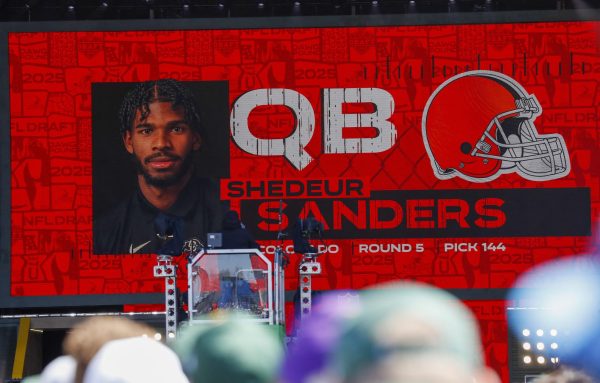
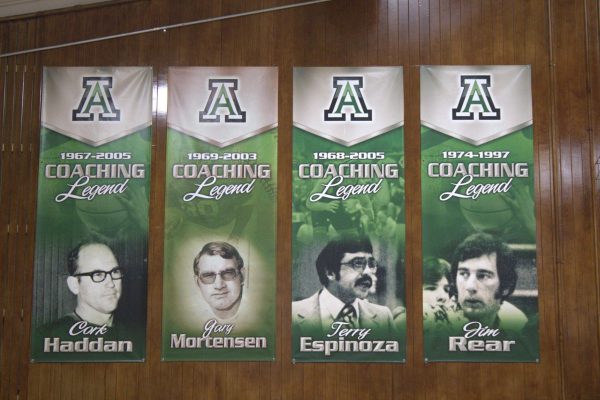


Marcos Hernandez • Nov 7, 2018 at 3:34 pm
It’s amazing, but wait until Mr. Gil throws all the funding made for the sports into Basketball. AND HE STILL COMPLAINS!!!